I can already hear the questions: "Why, Reed, why? Why would you mess with a junk store camera that shoots film you can't even buy any more?" Well, maybe I'll be able to convince you that it's because it lies right at this interface of technology and art that I love to be in. Even if the tech is low...
Kodak Brownie Bullet Camera
Okay. I bought this little Bakelite Kodak camera at an antique store. I paid too much (anything over $2 is too much). But, I'm still happy I did. Read to the end to see the special (hopeful) feature that really convinced me to buy it.
The Brownie Bullet was made from 1957-1964. It's final year of production was my birth year. It was designated as a "premium" model, which meant that you had to save up Campbell's soup labels to get one (no joke). It features a plastic Dakon lens, fixed aperture, fixed shutter speed.
(Click Here) to read a little more about the Bullet.
The Bullet is designed to shoot 127 roll film, which is essentially no longer available. Efke was making it until recently, but they've shut down. You can still buy Efke (iso 100) at Freestyle (Click Here), but it's just running down their stock. There is another company that still advertises 127 film, but they're out of stock.
Well, I just couldn't stand to let the Bullet sit without shooting something in it. After an hour or two of turning it different ways and thinking, I found a way to load 35mm film into it. The 35mm film cassette won't fit in the back. I had to unroll the film in the dark, roll it back up more tightly, and insert it into a modified film canister, cut down to fit inside. It worked!
But, there was one problem. The Bullet is designed with a curved film plane, which means that the 127 film doesn't lay flat in the camera; it's curved to match the curvature of the image produced by the Dakon lens. So, while I got images from the first roll (which pulled the film flat), they were unfocused in the center. A bonus, though, is that because the 127 film is wider than 35mm, the images were panoramic, and the sprocket holes were exposed. Cool.
So, a little more modification was in order. I got some thin plastic material, and through trial and error cut it to the perfect size to fit inside the camera back, under where the film plane should be. It was important that it support the film from under the film plane, to put the film in the right place. Then, I cut a window into the plastic to serve as the image space. Finally, I covered the plastic in black electrical tape, both to reduce light bounce, and to smooth out the rough cut plastic surface.
Here's what the mod looks like:
35mm Mask for the Bullet, by Reed A. George
This time, I loaded up some iso 800 print film (I noticed that 400 was underexposed, even in daylight outdoors), and tried again.
Success! Here are the results. All are shot with the Bullet, all the same (only) aperture and shutter speed.
Here are some vertical orientation shots:
As you can see, I wasn't completely successful in eliminating scratches on the film. But, I'm pretty impressed by what this cheap old camera can do.
The hardest part? After finishing a roll, I have to once again open it in the dark, remove the 127 spool that it's now wrapped around, tape it to a leader sticking out of the original 35mm film cassette and wind it back in. Then I just take it to Walgreens, and remember to ask them to not cut the negatives.
So, I got my money's worth out of this experience. But, I still don't have an answer for a friend of mine who says "Hey, Reed, if you paid $20 more, could you get a camera that already works?" Yeah, yeah, I could.
I don't really understand the exposure. How can it take iso 800 to shoot in the daylight with this camera? 800 speed film sure wasn't there when this camera was made. It has no way to trigger a flash. And I doubt the shutter is faster now than when it was new.
I did order some iso 100 film in 127 size from Freestyle, but I honestly don't know how I'll use it. It will be too slow, even in broad daylight.
So, here's a true piece of history that still works.
Brownie Bullet
Oh, yeah. That hopeful secret? There was still a roll of 127 film in the camera when I opened it up. It was near the end. So, I'm hoping to get a glimpse into the last pictures this camera took before it got stuffed away into a closet or attic. Who knows how long ago that was? Fingers crossed - I'll be sending that roll off to The Darkroom for processing soon.
DMC-365.blogspot.com
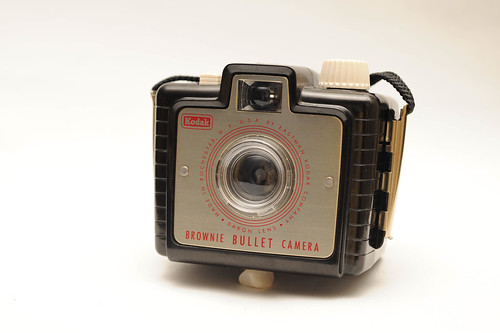
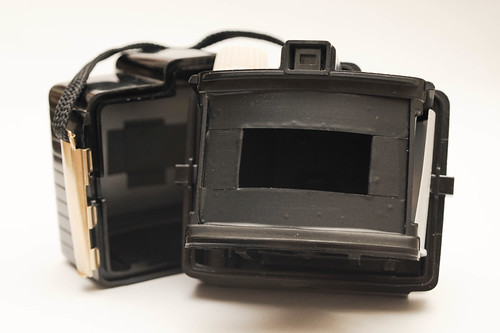
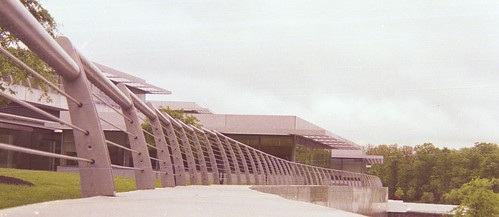
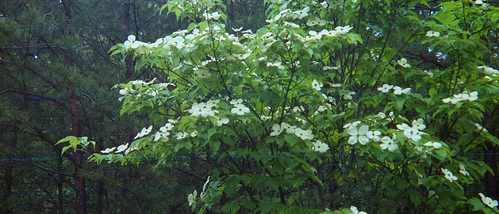


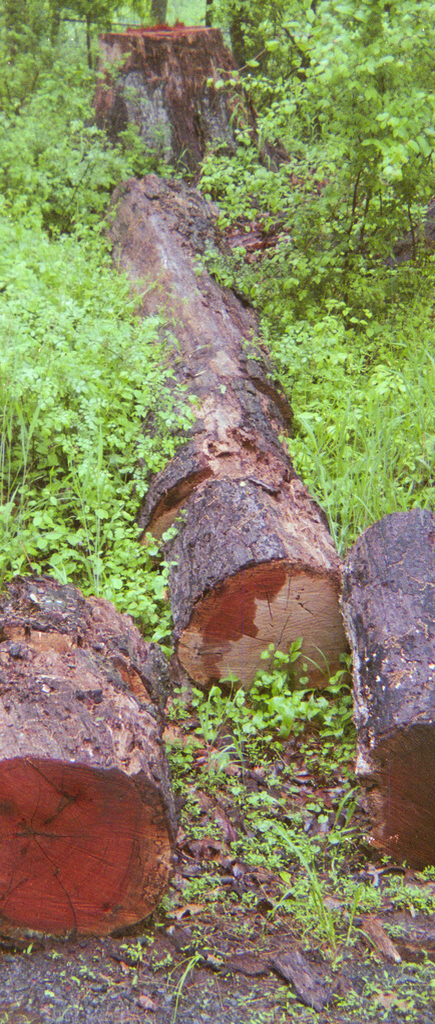
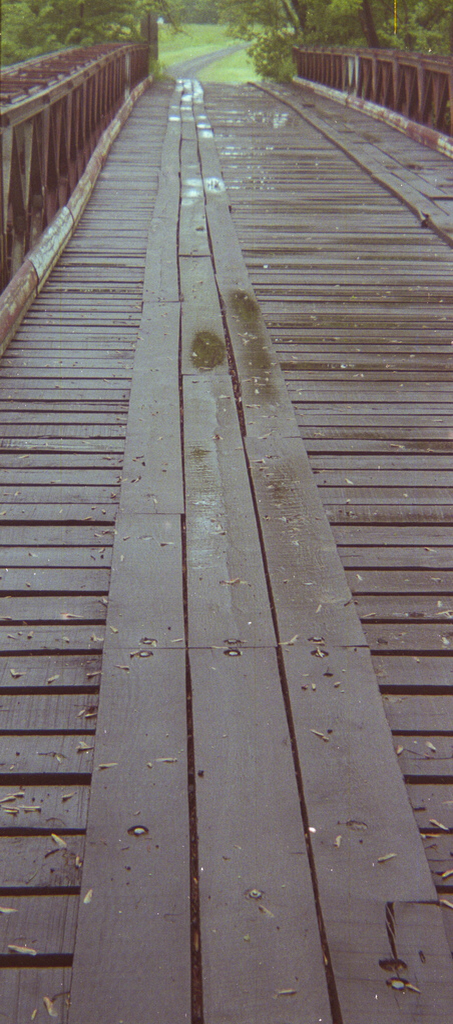
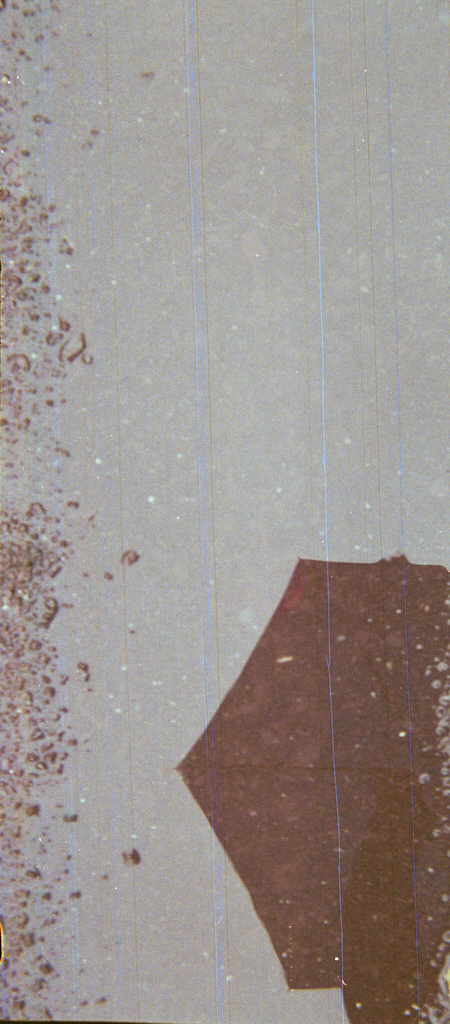

Reed - That's a neat story of rescue. About the need to use ISO-800, I agree that it's unlikely that the shutter speed could have increased (unless maybe some critical spring has suffered with time). Any chance that the aperture may have shrunk? I say this because some of your vertical shots show remarkable depth of field. Is the aperture some sort of iris mechanism, or just a simple hole?
ReplyDeleteCool. I wouldn't ask why anyone would want to buy a Brownie camera. In the lens design class that I took at the University of Arizona College of Optical Sciences (OPTI 517), an entire lecture was devoted to "The Brownie Camera" and the Wollaston landscape lens that it uses. I could send you the lecture notes. The ISO issue you mentioned is indeed weird. In answer to James, I'm sure the stop is just a fixed hole, so couldn't have shrunk. I don't know much about photography, so I wonder if it's possible that there could be a difference between now and then on how they do the photo printing--like if it's very standardized now, but in the past they'd try to compensate for an entire underexposed role during the printing process?
ReplyDeleteHi, Dan. I completely agree about the f-stop not being a likely cause for the exposure change. I would guess you may be right - they simply lived with underexposure.
ReplyDeleteI would love to see the lecture notes on the Wollaston lens! If you can put your hands on easily, please do send them along.
I have one that belonged to my great aunt. I found your site doing a search for how to use 35mm film in it. What did the modified film canister look like that you put the film back into?
ReplyDeleteAs I mentioned via email, it's best to just buy reloadable 35mm canisters from Adorama:
ReplyDeletehttp://www.adorama.com/BLCM.html
Hope this helps, Dionne!
Reed